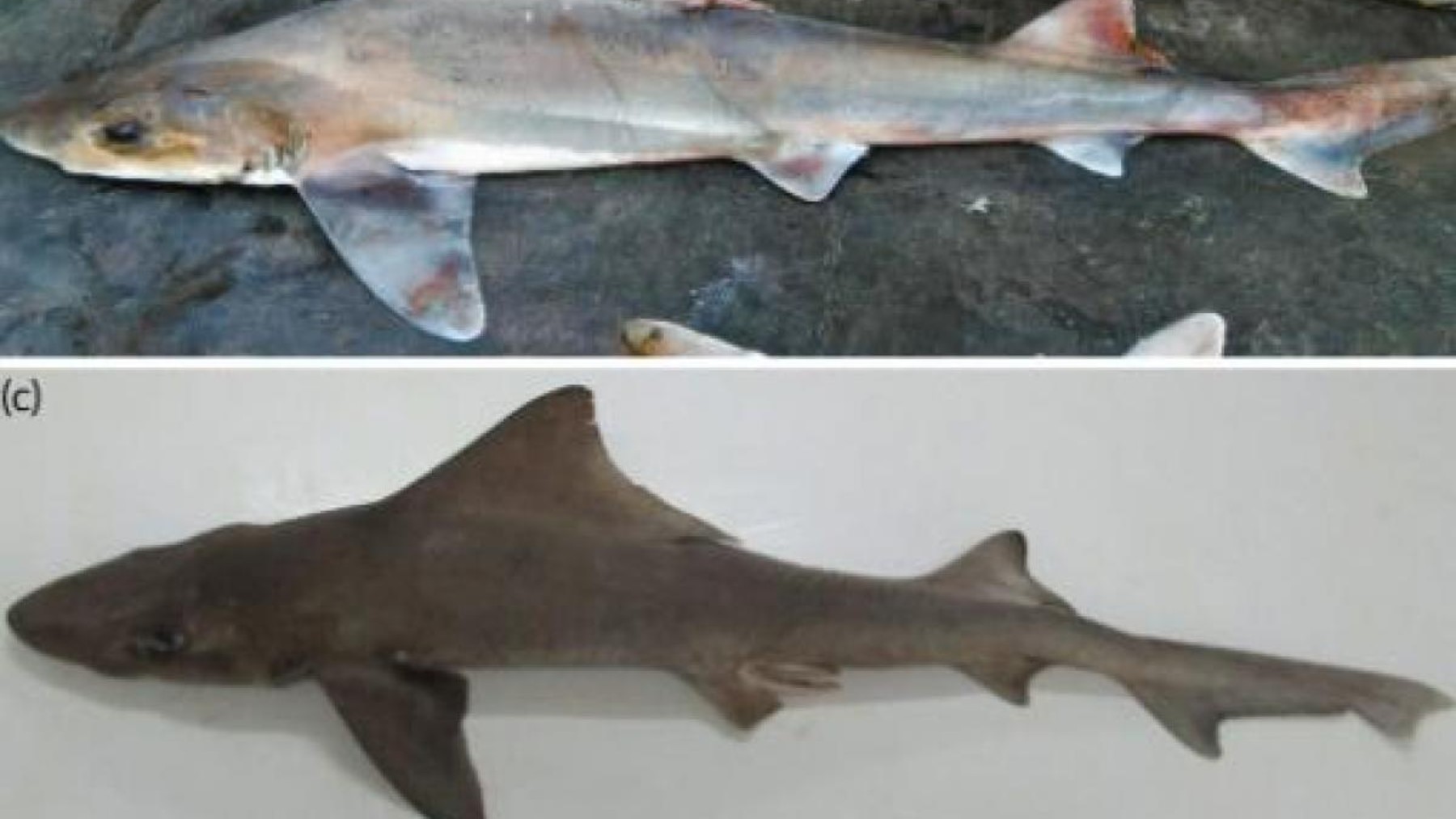No one can deny that nature continues to surprise us no matter how much we believe we have control over it. After more than half a century, a species that was thought to be extinct has been rediscovered: the sail shark. This is an endemic species from the Bay of Astronave, in Papua New Guinea, as stated in the study led by WWF member Jack Sagumai and published in the Journal of Fish Biology.
The discovery took place while his team was collecting data for Papua New Guinea’s National Action Plan for sharks and rays. They also met again in 2020 at the mouth of the Gogol River, where a fisherman caught 5 females, having to wait until 2022 to document the first male specimen. The truth is that the scientific community has lacked evidence for decades, but local fishermen claim that specimens are still being caught, and that their meat is not valued at all.
However, researchers believe it could be a micro-endemic species, meaning it is only found in a very limited area, and they compare it to bamboo sharks and horn sharks. Whatever the origin may be (which researchers are eager to find out), Sagumai warns about the need to not alter the area where they live to avoid causing disruptions in the ecosystem of these species.
Sailback houndshark
With more than 465 recorded species and 400 years of presence in our waters, sharks are one of the most important species for scientists. After 50 years of believing that the sailfish shark species was extinct, a species has been re-identified in Papua New Guinea, in the southwest Pacific. The first and only record of this species was made by biologist Lionel Winston Filewood in 1973. The finding occurred at the mouth of the Gogol River, in the Astrolabe Bay of Papua New Guinea. After that record, no specimen was seen again, leading to the assumption that it was extinct (modesty is not for humans, right?).
New discoveries
More than half a century passed without any evidence of the existence of this species, until the year 2020. It was then that a local fisherman captured 5 females, right in the same area where Filewood had done so. One of the specimens had large eyes, a bulbous head, a short snout, and an elongated dorsal fin. We had to wait two years to obtain evidence of a male specimen, which was captured in the same river. These cases were collected by WWF member and marine biologist, Jack Sagumai, who led a study that was published in the Journal of Fish Biology.
Aside from this study, the scientific community does not have much evidence of these species. However, local fishermen are more accustomed to seeing specimens of this species in the river, especially between March and July and from August to November. Nevertheless, it is not a highly valued meat, and its fins do not have commercial appeal. As the scientists explained, “Fishermen report that the meat is not highly appreciated and is often given away if there is an excess… and the fins are not of high quality for the shark fin trade”.
What does the scientific community say?
Due to the lack of evidence, scientists can only believe and speculate. This is why they think it may be a micro-endemic species, which means it only inhabits a limited area, even comparing it to bamboo sharks and pipefish. Other experts even believe it could be a residual population of what was once a larger species that lived between Indonesia and Papua New Guinea. For her part, Sagumai expresses the concern that marine biologists have, “Micro-endemics are very vulnerable to habitat disturbances.
Small environmental changes or development activities in the area could significantly impact the species’ survival”. These statements specifically refer to the increase in fishing with swim bladders for the Asian market. According to Sagumai, “More support is still needed to better understand the life history and ecology of this species”.
Have you read about the rise to the surface of the species that inhabits the seabed of Oceania?





